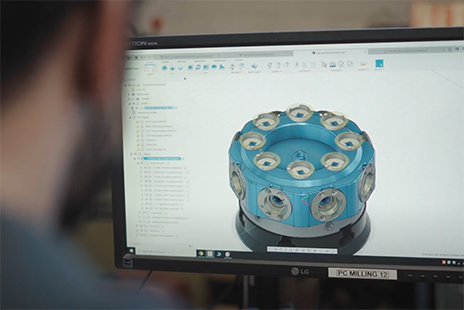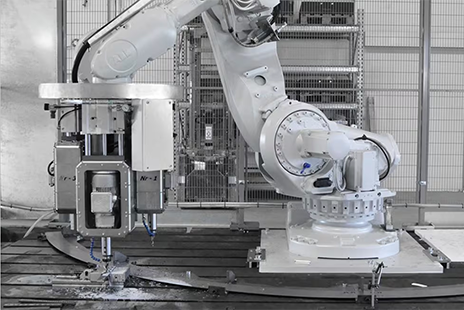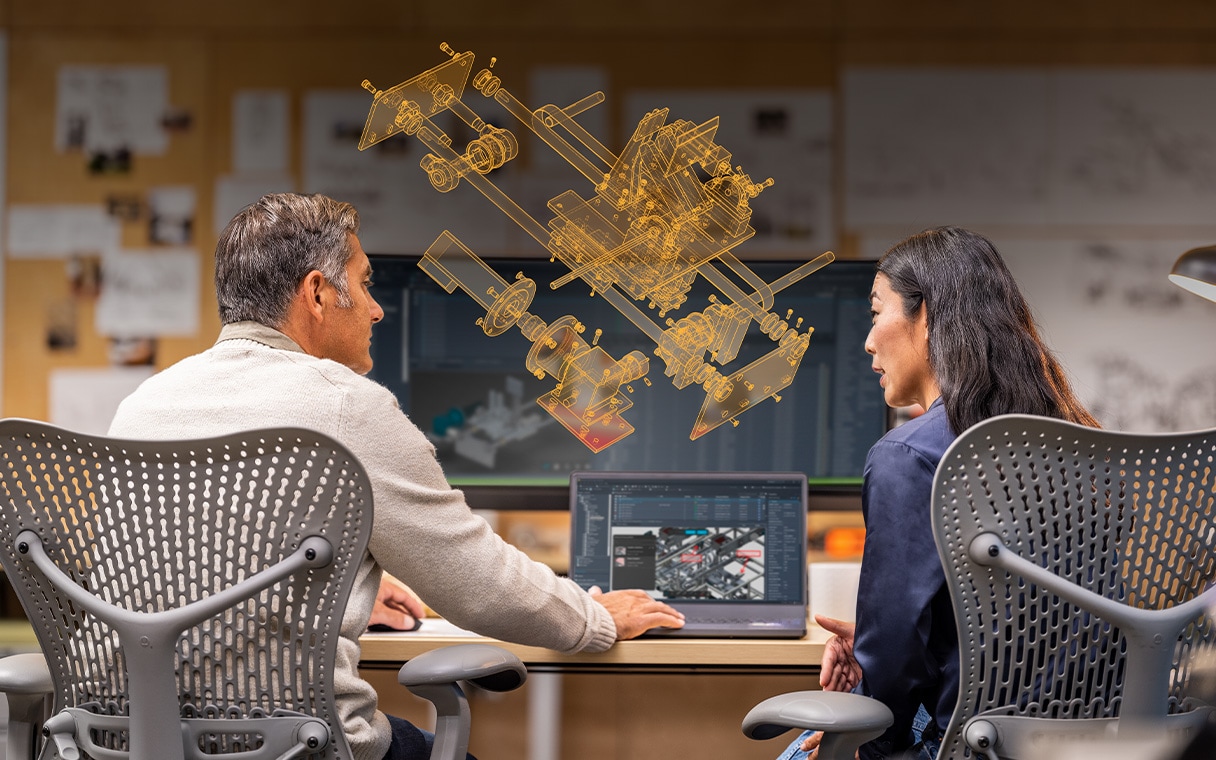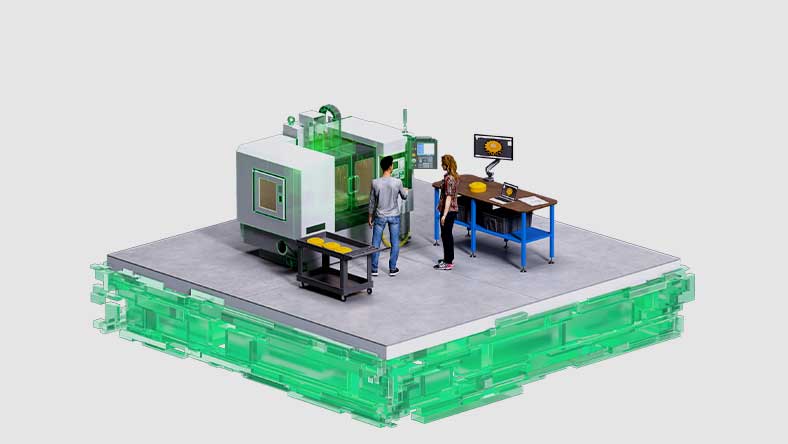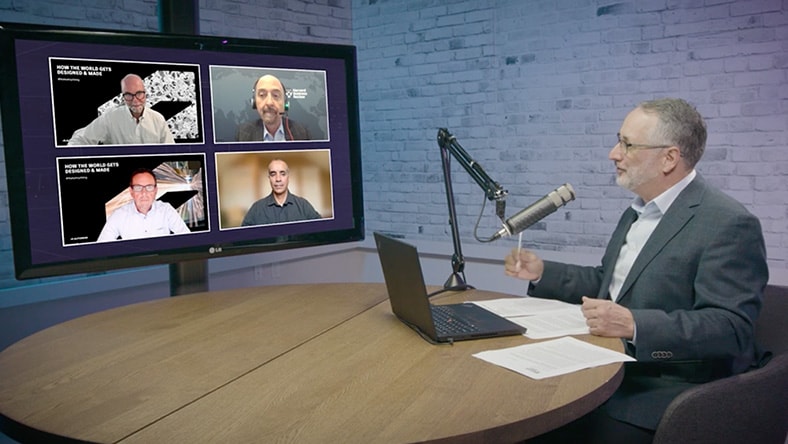Design engineering is crucial for successful product development businesses. The objective of design development is to imagine and agree on a product solution that benefits both customers and the business. Design development is constrained by budget, engineering capacity and time to market. The design engineering process is iterative and cyclical, with ideas undergoing multiple rounds of prototyping, testing, evaluation and review until the final design is considered optimal and reliable enough for production. The design engineering process starts by defining the problem, then brainstorming potential solutions before creating prototypes, testing them, gathering feedback and evaluating whether the problem statement can be further refined and whether to reject or accept the proposed solutions, or whether the solutions can be improved with another development cycle.




